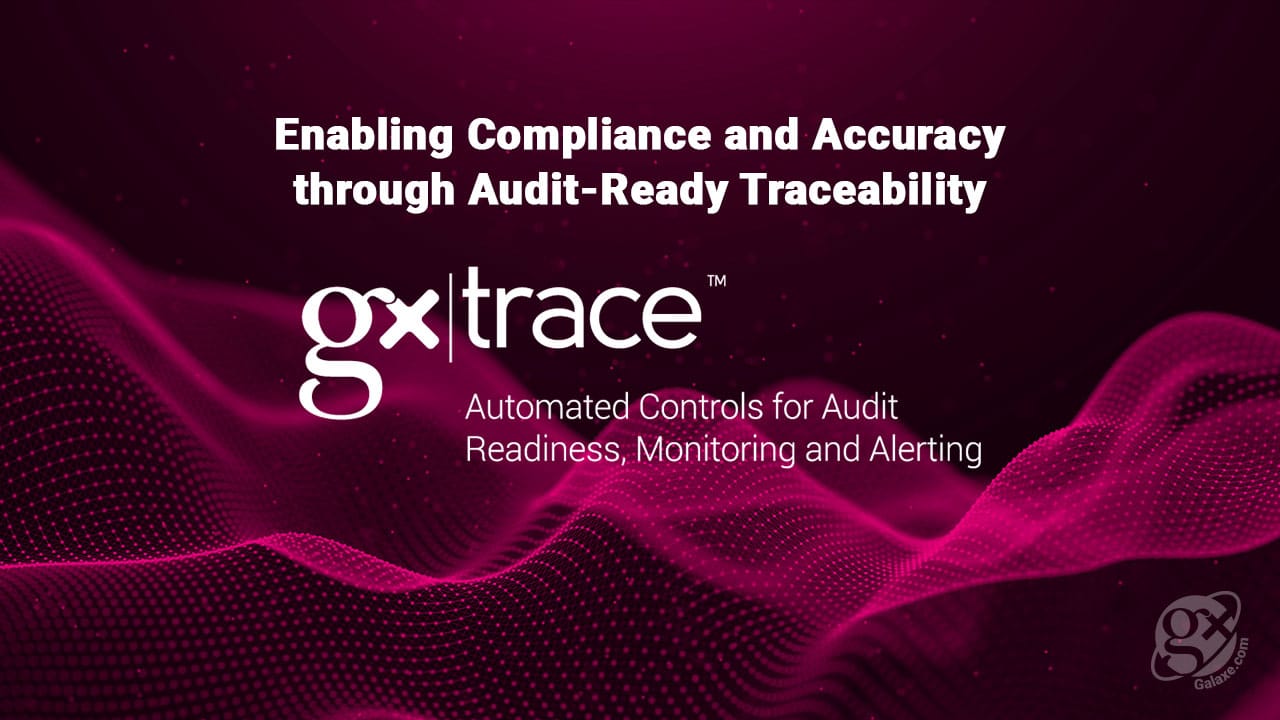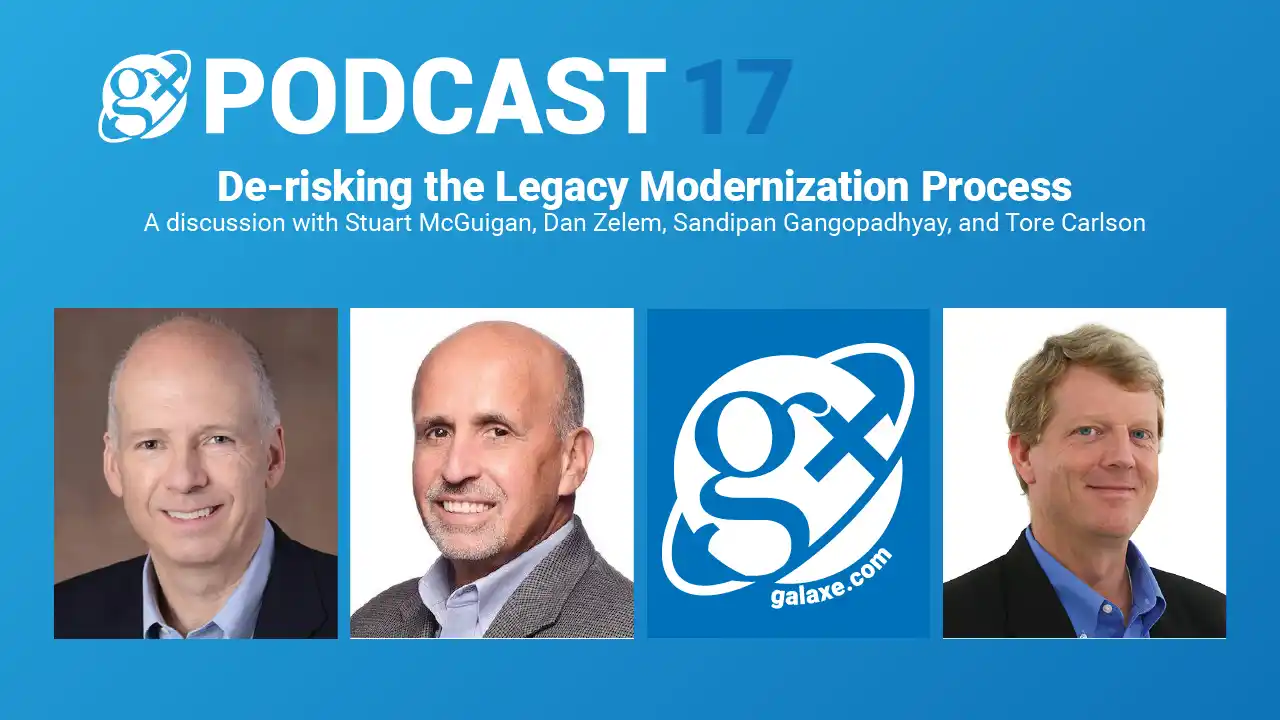DevOps is a software engineering practice that aims at unifying software development (Dev) and software operation (Ops). DevOps principles call for monitoring all steps of software creation, beginning with integration, testing, and release, and then moving on to deployment and infrastructure management. This approach is more effective and efficient, leading to shorter development cycles. GalaxE can help you benchmark your current DevOps maturity and has provided a roadmap to reach your full potential.
Let’s take a brief look at each tier:

Tier 0: Traditional Waterfall – A step-by-step, serial process where each phase is completed before moving on to the next phase of development. This allows for easy maintenance of records for compliance.
Tier 1: Iterative Waterfall – Uses multiple “mini-releases” rather than creating one big software release at the end of the development process. This helps reduce risk and increase the incremental delivery of value.
Tier 2: Early Reviews – Engagement of the user community begins with this tier. Demos, visualization, process reviews, and business simulations provide ways to gather valuable feedback early in the development process, allowing the software project team to focus on the right items and take preventative steps to improve the probability of success.
Tier 3: Agile Team – Dedicated teams are designated for each step of full integration of new software, working together to ensure agility and continuity.
Tier 4: Transition to Agile – Transition to the use of agile artifacts and practices. Team members incorporate more QA measures to test the performance of their software as it is being developed, such as a focus on “Defined as Ready” (DoR) and “Defined as Done” (DoD), allowing accurate tracing between the old and new.
Tier 5: Agile Practices – The development team delivers frequent, usable versions of the product and uses knowledge they’ve acquired through processes and artifacts to fix mistakes they’ve found, building on the previous version.
Tier 6: CI/CV/CD (Continuous Integration/Continuous Validation/Continuous Development) – A proactive, test-driven approach that uses automation in build, test, and release mechanisms to ensure continuity and accuracy.
Tier 7: DevOps – The final tier is DevOps, which uses integrated delivery of development, support, and operations. DevOps uses automation and monitoring at all steps of software construction to create more frequent releases in order to “fail faster,” resulting in more dependable software.
Organizations strive to make it through these tiers of maturity to improve overall DevOps practices. DevOps, CI/CV/CD, and Agile Engineering give industries – even highly regulated ones, like healthcare – a software development process that uses customer feedback to quickly develop more cost-effective and higher quality products. The GalaxE solution helps them get there.
GalaxE is the only technology services firm that offers automated mapping, test design, and execution for CD/CI/CV through our enhanced tools, GxMaps™ and GxDash™. GxMaps™ is an automated dependency mapping tool that quickly identifies and assesses the impact of programming changes on people, processes, and systems. GxDash™ provides centralized command control and CxO level decision making with holistic information and implements an enterprise dashboard for all technology tiers, providing automation for building dependency maps, predictive analysis, code, and test case generation. Without them, businesses risk being outpaced by the competition.
Learn more about GxMaps™ application dependency mapping software and how it can help you achieve DevOps environments here.








